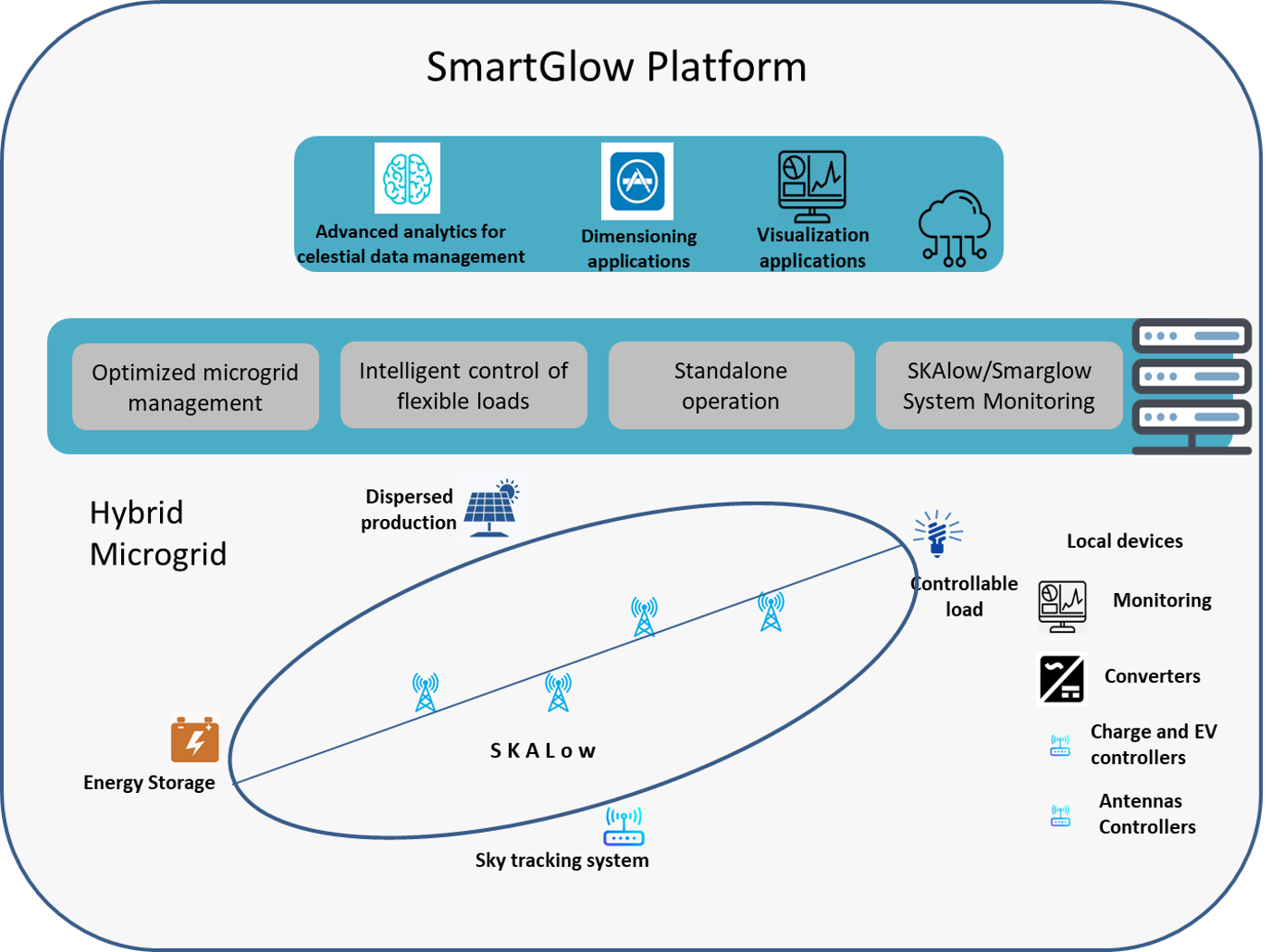Context

The electrification of society has been one of the pillars of economic and technological development worldwide, particularly regarding the integration of renewable energy sources. However, the production of renewable energy presents some difficulties from a technical point of view, namely its high variability. The technological solution to compensate for the variability of renewable resources involves the use of energy storage systems, with the ability to load and unload, in order to dampen variations in the production curve (power smoothing), maximize the use of renewable production, guarantee load tracking and also guarantee other network support functions, typically performed by conventional generators.
The connection of renewable sources and storage to the electrical grid is made using DC-AC conversion systems, which, despite today having a great flexibility of functions, also have an associated problem, which is the high component of harmonic distortion, commonly known as noise. electromagnetic interference, which lead to distortions in the voltage/current waveform, which leads to interference in more sensitive equipment, which may not function as expected.
The Project
The SmartGlow project's main objective is to specify and develop a flexible solution for renewable self-consumption applied to the industrial sector, which allows the powering of potentially sensitive AC and DC loads, such as data centers, hospitals, telecommunications systems, among other industries, and whose interconnection may occur in remote areas. The system, based on the microgrid concept, aims to increase the capacity of renewable self-consumption, through the optimized control of battery-based energy storage systems, and the intelligent and integrated control of loads.
The solution to be developed will be tested and implemented in a pilot at one of the extremes of demand in terms of energy consumption and electromagnetic interference in installations (EMI), the Square Kilometer Array (SKA).
The SKA is one of the most ambitious scientific projects of this first quarter of a century, which aims to build a gigantic network of sensors, which will make up the largest radio telescope in the world, and which has demanding requirements for wave quality and low EMI noise. It thus constitutes an extreme use case, which will allow the validation of the most advanced techniques of conversion and isolation of electromagnetic noise. This validation will allow the solution to be scalable and replicable in other demanding application domains, such as healthcare, military applications, among others.

The SmartGlow platform will consist of a flexible and configurable solution in terms of
hardware and software, for powering critical systems and potentially sensitive. The main features of the solution are as follows:
-Flexible and configurable topology depending on the loads to be fed and the available distributed energy resources, namely production technologies from renewable sources and storage systems.
- High efficiency and wave quality. The system will be able to implement a hybrid microgrid, which supplies DC and AC loads. This type of topology makes it possible to reduce the losses associated with the multiple conversion stages and promote the compensation of the voltage wave of the upstream network or of the own network.
-Resilient, ensuring that the system to be fed is capable of operating interconnected to the main grid or autonomously, promoting the coordination of local production resources and optimized management of energy load and storage.
- Integrated, allowing coordinated and optimized management of flexible resources (energy storage system and flexible loads) depending on renewable production and the requirements of the installation they comprise.

